July 29
2105 July 29
Bill Katz sends a photograph of a plusiine moth Abrostola urentis from Goldstream Park, July 27. The caterpillar is a nettle-feeder, and, unlike most plusiines, it has a full complement of abdominal prolegs.
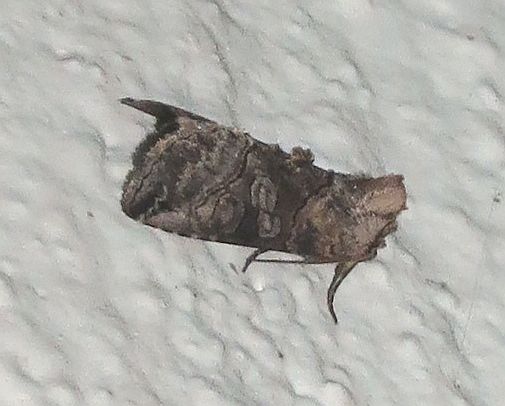
 Abrostola urentis (Lep.: Noctuidae) Bill Katz
Abrostola urentis (Lep.: Noctuidae) Bill Katz
He also sends an image of a bombyliid fly, possible genus Anthrax, also from Goldstream, and, just to remind us that this Invertebrate site is not just for insects, he sends us a picture of the millipede Harpaphe haydeniana.
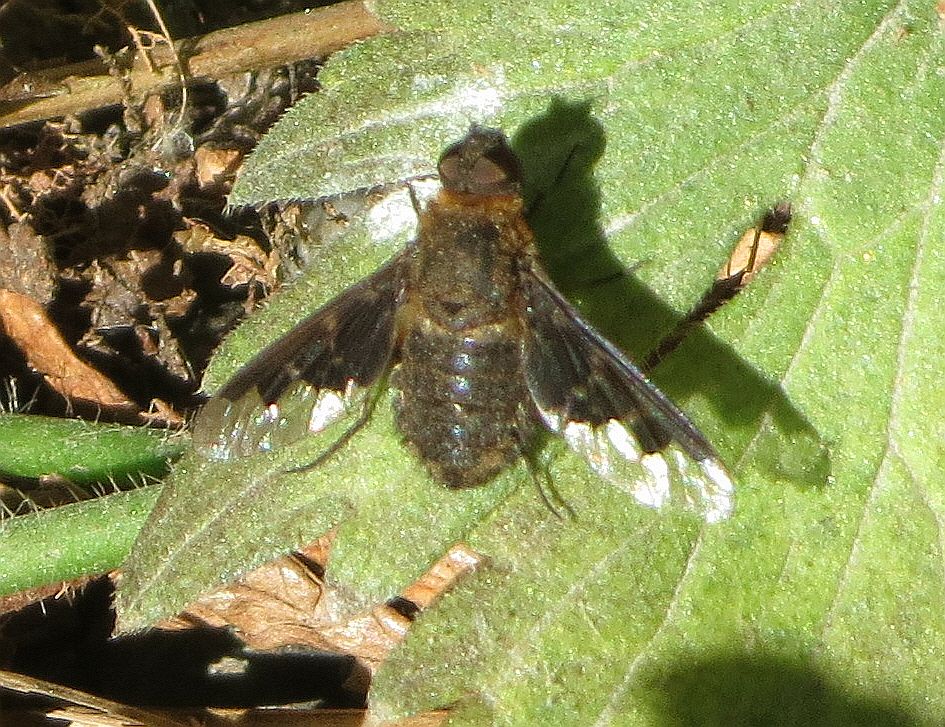
 Probably Anthrax sp. (Dip.: Bombyliidae) Bill Katz
Probably Anthrax sp. (Dip.: Bombyliidae) Bill Katz
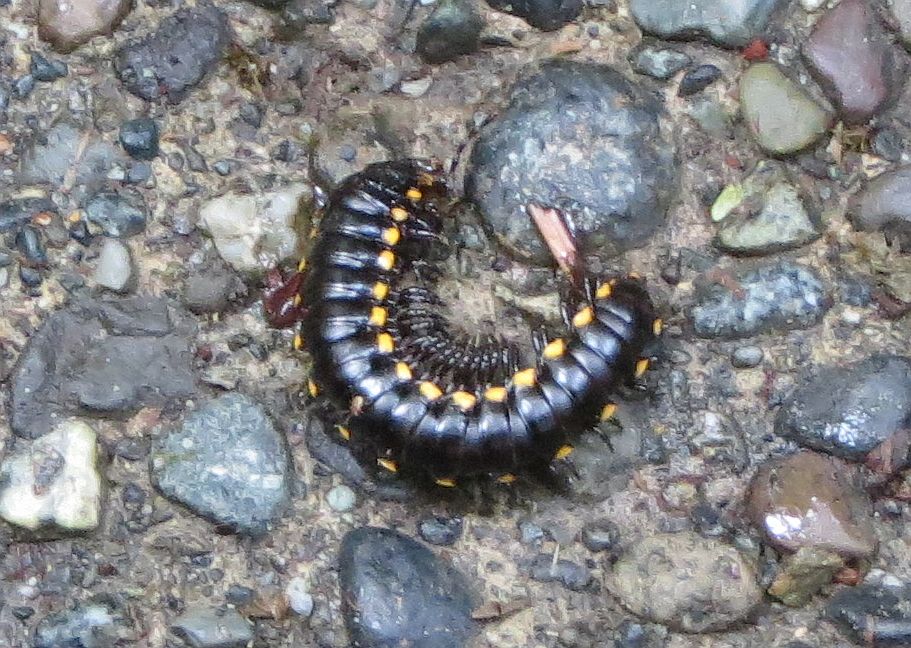
Harpaphe haydeniana (Polydesmida: Xystodesmidae) Bill Katz
Jeremy Tatum writes: The Anise Swallowtail caterpillar from Jochen Moehr’s Metchosin farm, which first appeared on this site on July 13 and again on July 20 and 26, has now pupated (chrysalis shown below). The adult will probably emerge next spring, although there is a small chance that it might emerge later this year. Unlike the tiger swallowtails, which are univoltine, the Anise Swallowtail occasionally has a second brood (is partially bivoltine).
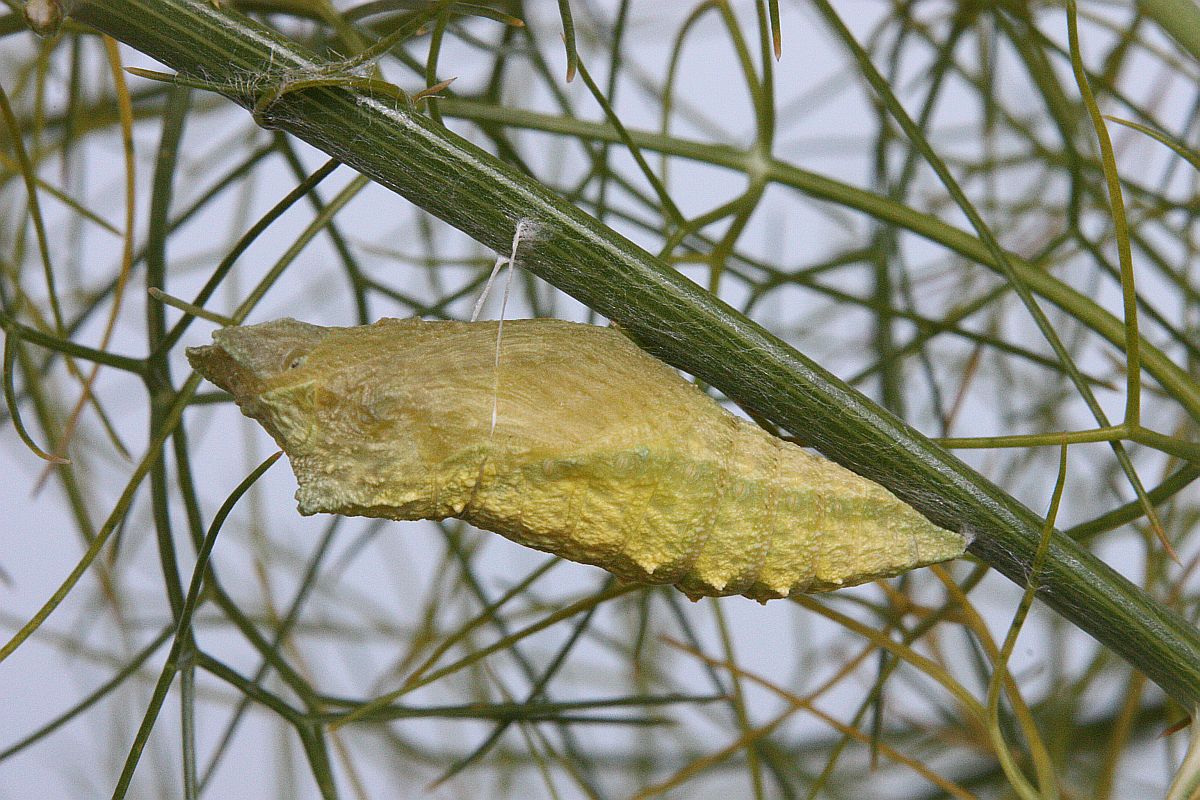
 Anise Swallowtail Papilio zelicaon (Lep.: Papilionidae) Jeremy Tatum
Anise Swallowtail Papilio zelicaon (Lep.: Papilionidae) Jeremy Tatum
Aziza Cooper sends some pictures from Rocky Point, July 27 and 28. The caterpillar is that of the Vapourer Moth, also known as Rusty Tussock. The adult male is a rusty brown day-flying moth often seen flying in a rapid corkscrew-style flight and which could be mistaken for a butterfly (I’ve done so!). The female is wingless. After emergence from the pupa she sits on her cocoon, waits for a male to visit her, and then she lays all her eggs in a batch on the cocoon. And that’s all she ever gets to do.
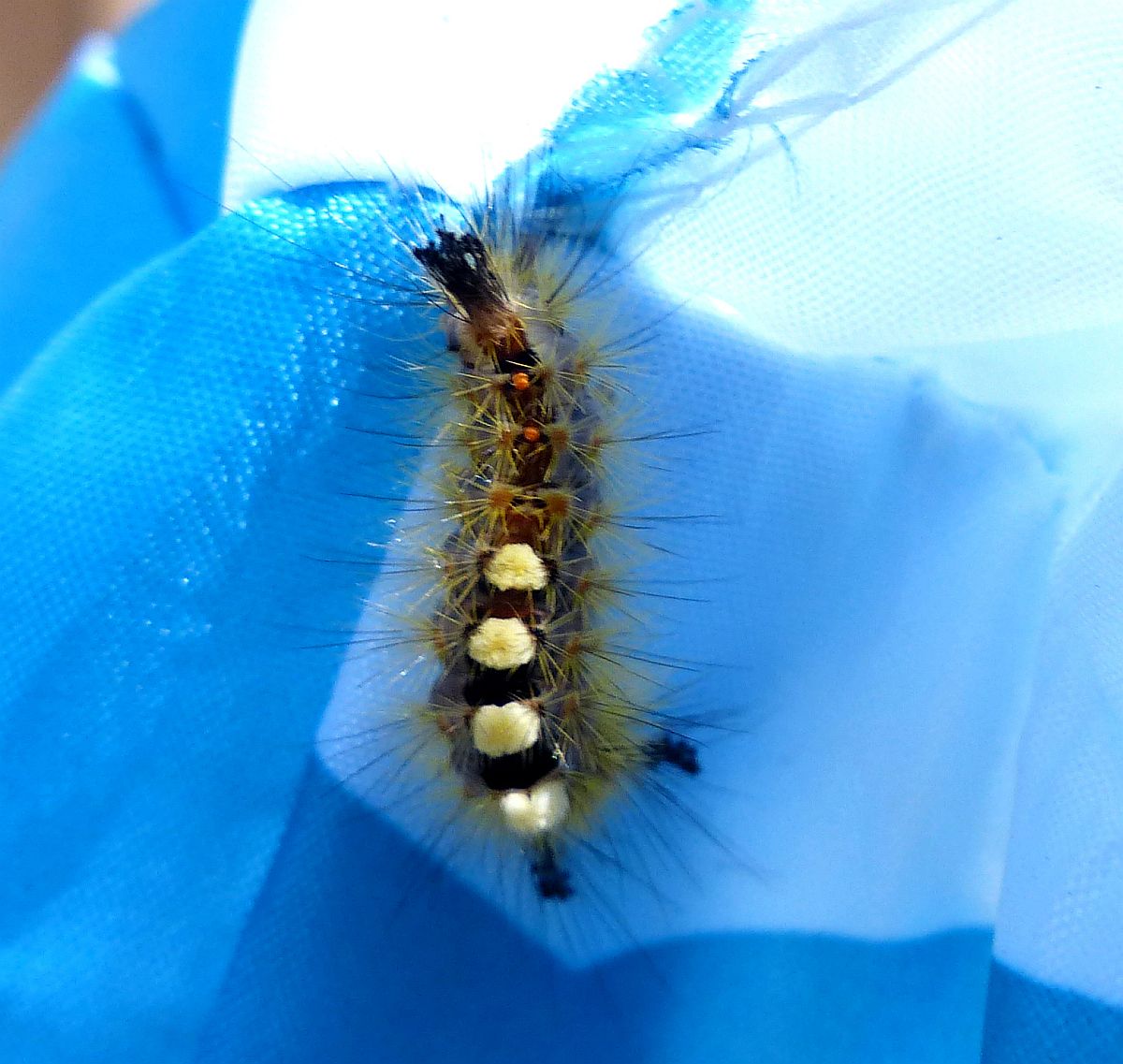
 Vapourer Moth Orgyia antiqua (Lep.: Erebidae – Lymantriinae) Aziza Cooper
Vapourer Moth Orgyia antiqua (Lep.: Erebidae – Lymantriinae) Aziza Cooper 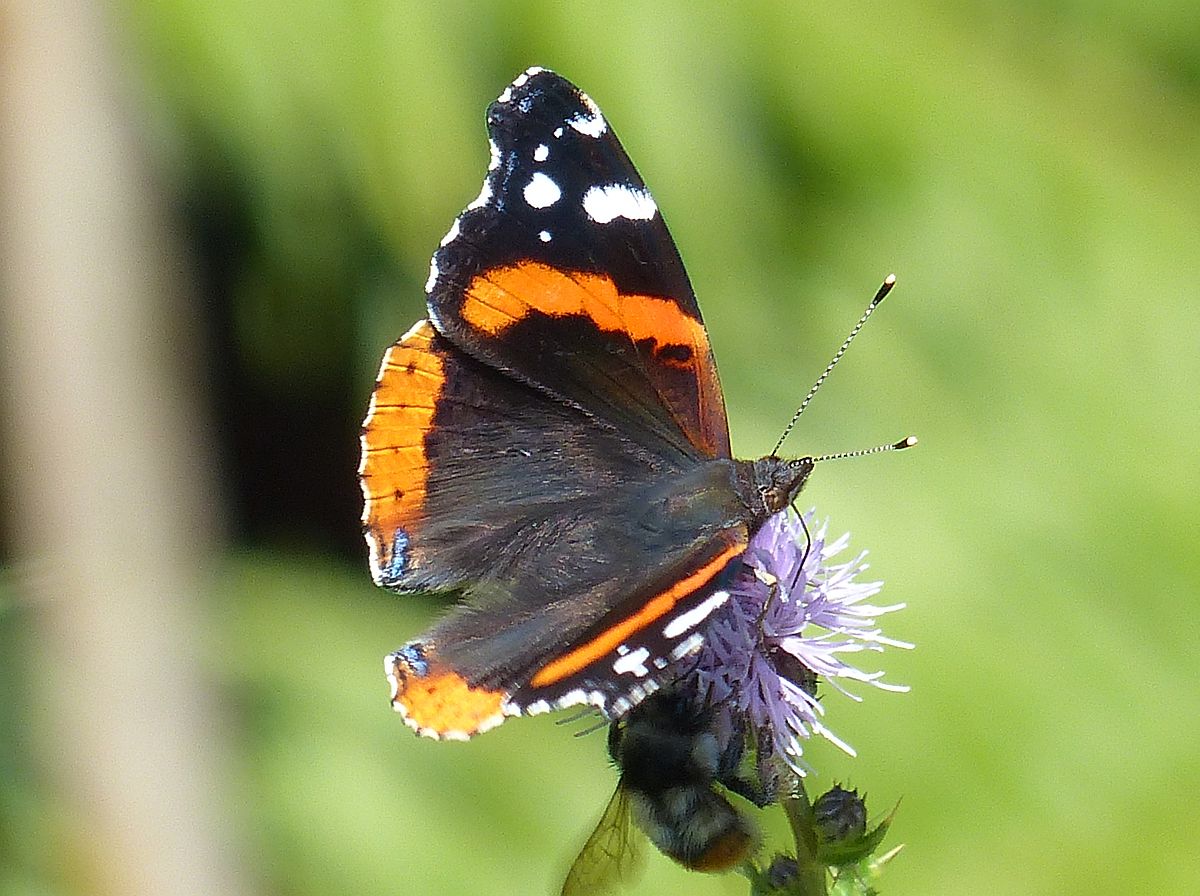
 Red Admiral Vanessa atalanta (Lep.: Nymphalidae) Aziza Cooper
Red Admiral Vanessa atalanta (Lep.: Nymphalidae) Aziza Cooper
In this prolonged hot and sunny spell, the butterfly season seems to have moved along faster than usual, and now it almost looks as though the season is coming to a close. I hope this is not so. In any case, one butterfly that is still around in large numbers is the Woodland Skipper, and Annie Pang sends a photograph of one on July 25 in characteristic hesperiine pose.
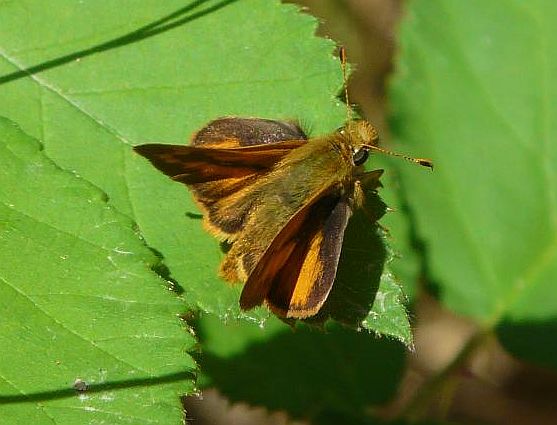
 Woodland Skipper Ochlodes sylvanoides (Lep.: Hesperiidae) Annie Pang
Woodland Skipper Ochlodes sylvanoides (Lep.: Hesperiidae) Annie Pang
Aziza Cooper writes that at Rocky Point on July 27, she counted 25 Woodland Skippers, 4 Cabbage Whites and 1 Red Admiral.
Jochen Moehr sends a photograph of a Woodland Skipper likewise in characteristic hesperiine pose, and an unknown bee – c’mon! – there must be some expert out there who can identify it for us! Please let us know.
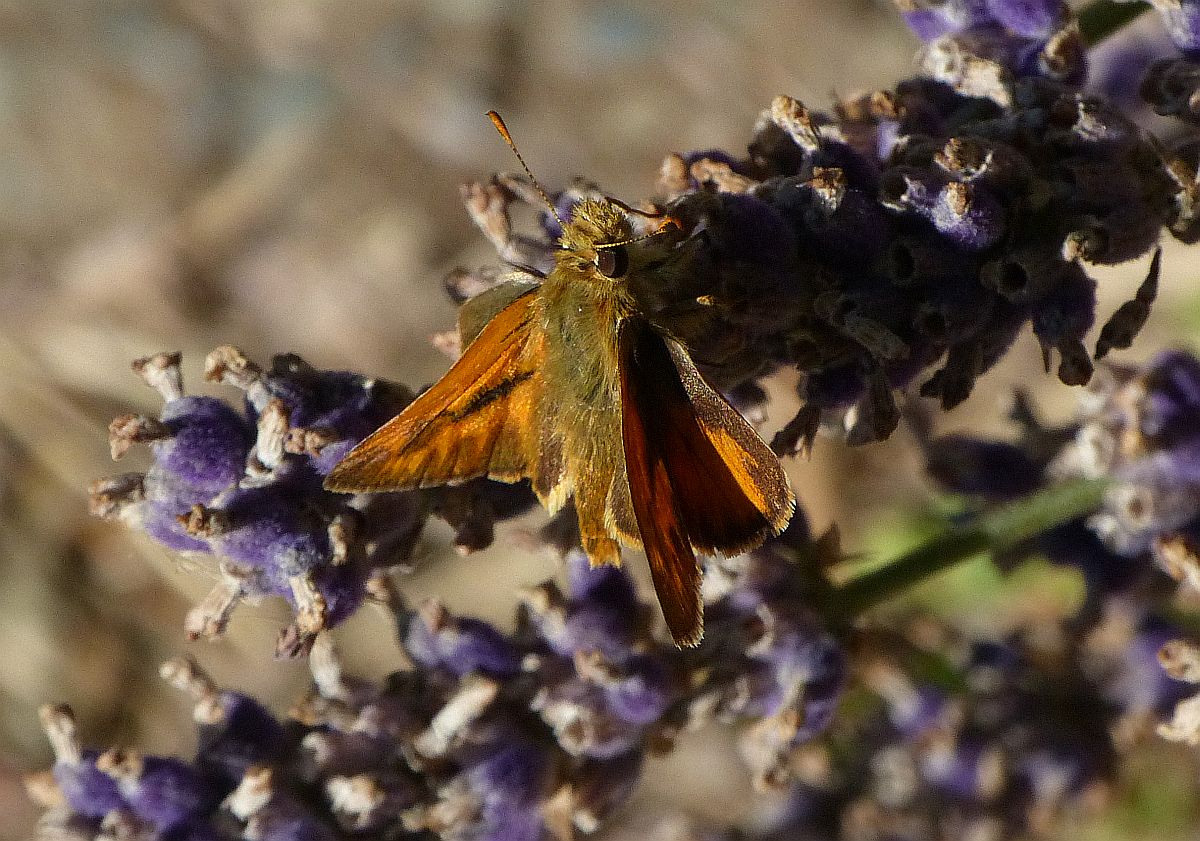
Woodland Skipper Ochlodes sylvanoides (Lep.: Hesperiidae) Jochen Moehr
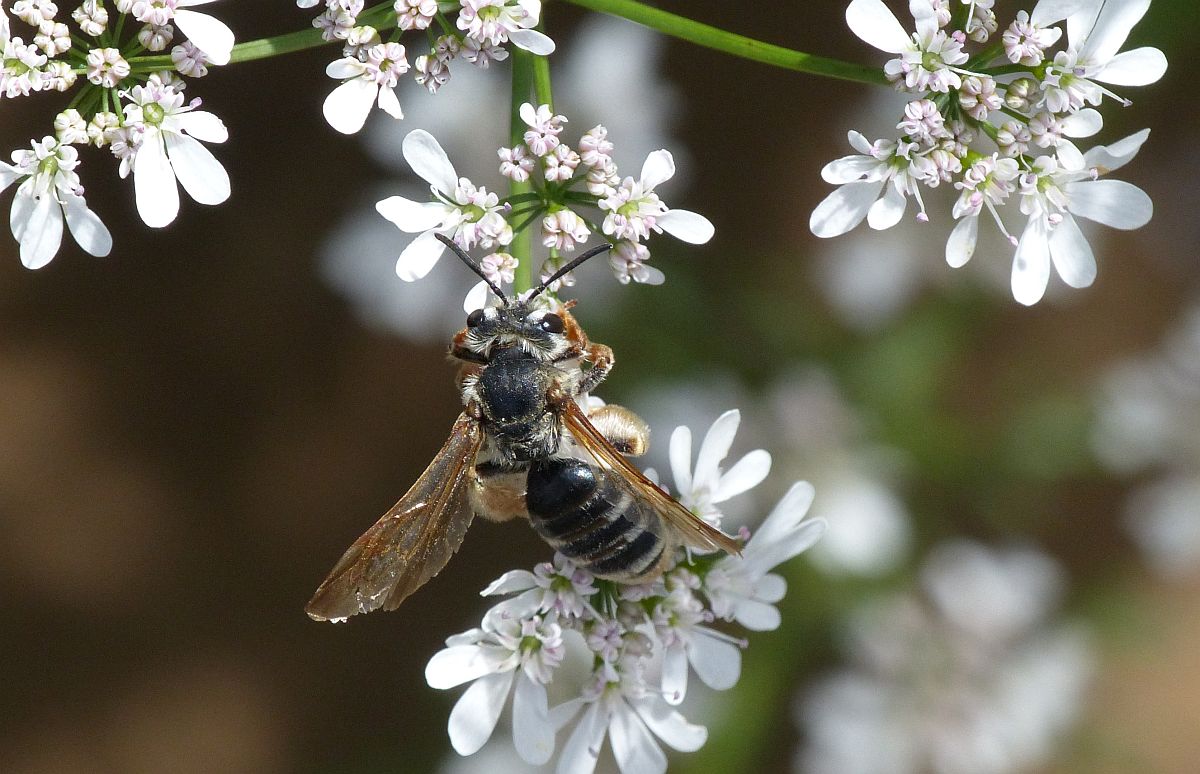
Unknown bee (Hymenoptera) Jochen Moehr

